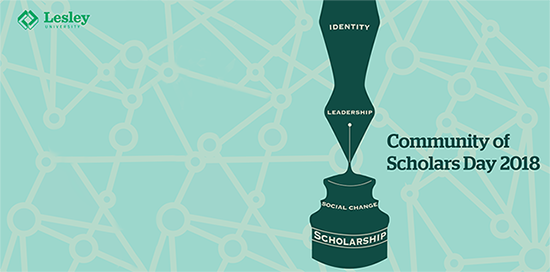Abstract
Abstract:
According to Sue (2013), there is a dominant narrative that perpetuates the ongoing myth masking the discrimination and oppression experienced by many people in our country. This myth tells a story of equal access and social justice that has not been the experience of many people of color nor those from some religious, cultural, or societal groups. Therefore, there is a critical need for today’s teachers to prepare students to understand, respect, and connect with the perspectives of all people. Students of the majority group must recognize their own privilege and consider how race, gender, sexual orientation, and disability impact the ways people must navigate the world. Students from underrepresented groups must feel empowered to share their voices in inclusive classroom settings. It is the responsibility of the teacher to create spaces for all voices to be heard. This is not always easy; often teachers are left to determine how to do this on their own. Critical conversations about the impacts of race, gender, sexual-orientation, and ability are often silenced in the standards-based classroom; yet, these conversations are beneficial to students and teacher alike (Sue, 2013). In order for teachers to become empowered to facilitate these conversations among students, they must engage in critical conversations within one another. This session provides a context for critical conversation prompted by the literary depiction of the first encounter of the indigenous people in the Americas and the European explorers. The historical events are told from the perspective of a child.
Start Date
28-3-2018 6:40 PM
End Date
28-3-2018 7:30 PM
Presentation Type
Workshop
Full Text of Presentation
wf_yes
Challenging what we know: Making space for multiple voices using Critical Literacies
U-Hall 3-087
Abstract:
According to Sue (2013), there is a dominant narrative that perpetuates the ongoing myth masking the discrimination and oppression experienced by many people in our country. This myth tells a story of equal access and social justice that has not been the experience of many people of color nor those from some religious, cultural, or societal groups. Therefore, there is a critical need for today’s teachers to prepare students to understand, respect, and connect with the perspectives of all people. Students of the majority group must recognize their own privilege and consider how race, gender, sexual orientation, and disability impact the ways people must navigate the world. Students from underrepresented groups must feel empowered to share their voices in inclusive classroom settings. It is the responsibility of the teacher to create spaces for all voices to be heard. This is not always easy; often teachers are left to determine how to do this on their own. Critical conversations about the impacts of race, gender, sexual-orientation, and ability are often silenced in the standards-based classroom; yet, these conversations are beneficial to students and teacher alike (Sue, 2013). In order for teachers to become empowered to facilitate these conversations among students, they must engage in critical conversations within one another. This session provides a context for critical conversation prompted by the literary depiction of the first encounter of the indigenous people in the Americas and the European explorers. The historical events are told from the perspective of a child.



